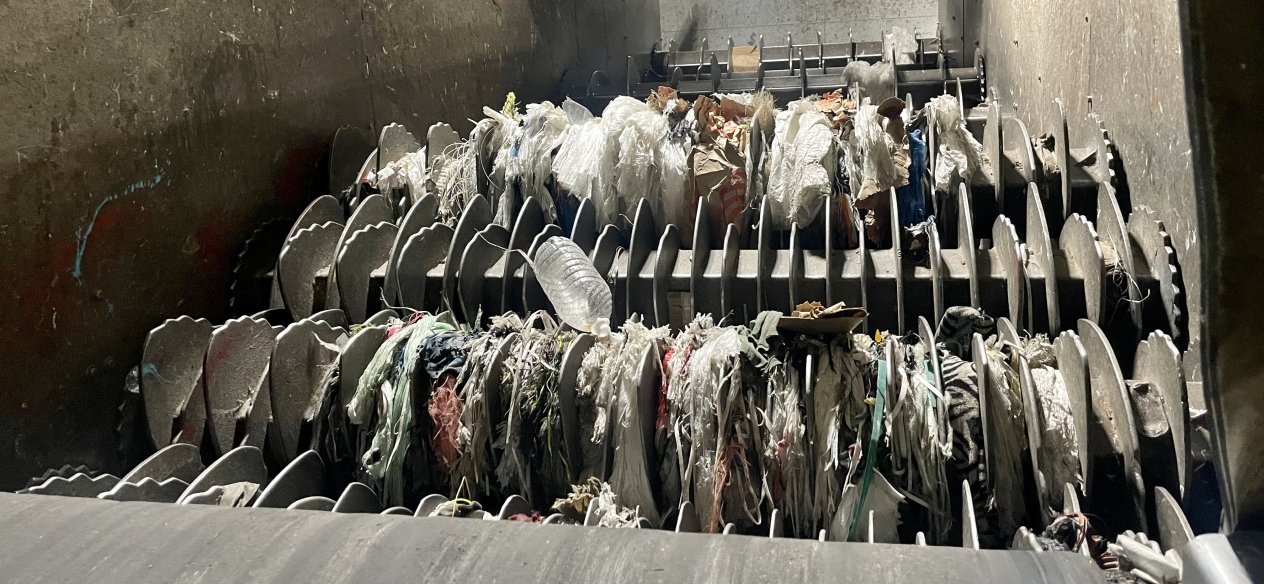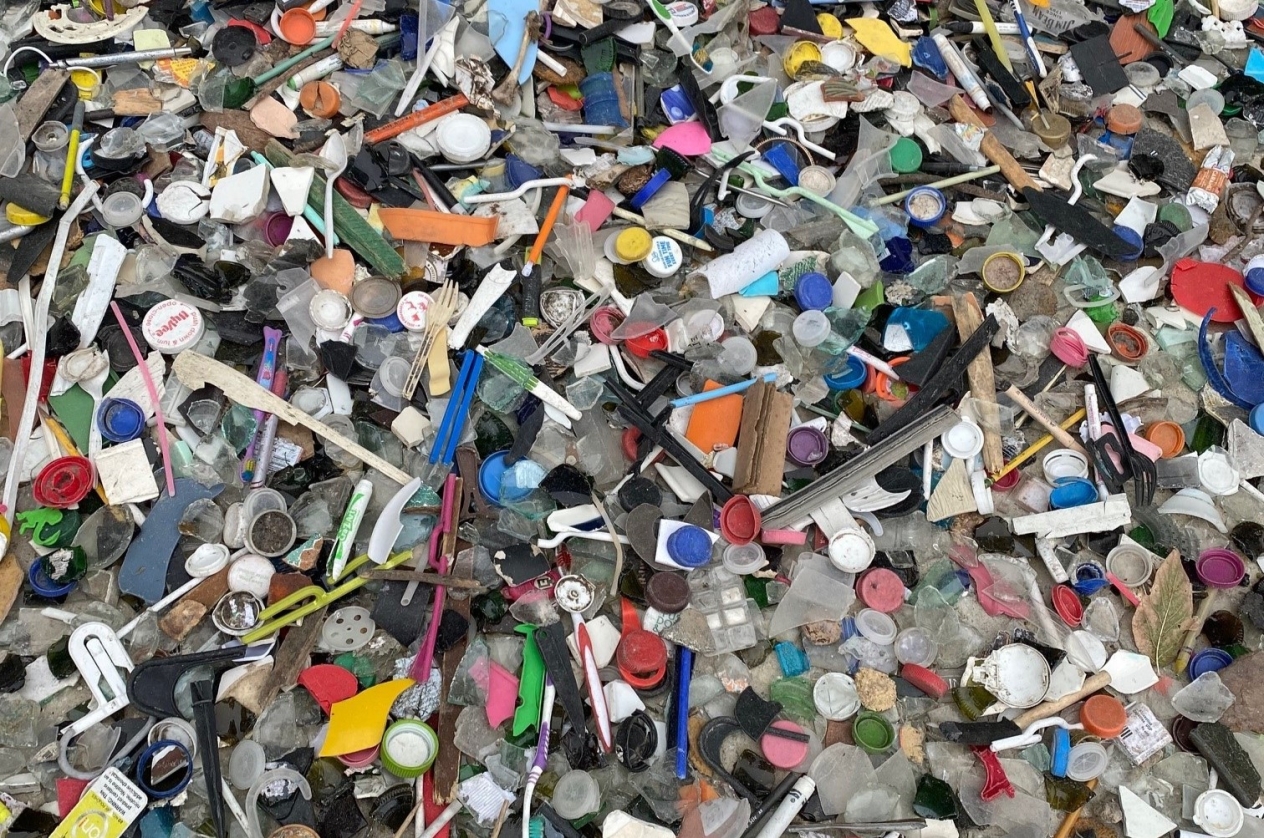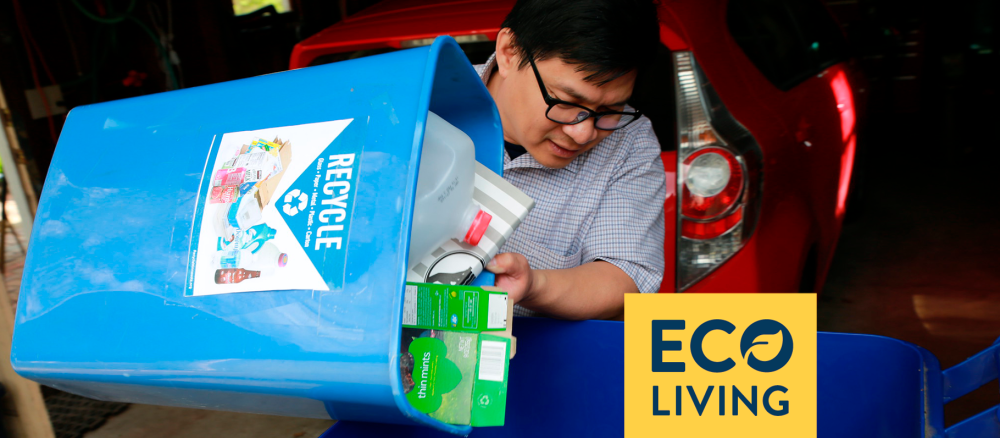Preparing your recyclables for the curb shouldn’t be difficult with these tips
Recycling should be simple, especially now that pretty much everybody has just a single recycling bin to wheel out to the curb at least every other week. No sorting, just leave it up to recycling facilities to decide where everything goes.
So why do we all pause to second-guess ourselves before dropping many items in that bin? Should that peanut butter jar be cleaner? Is it okay to bag everything? And what about those greasy pizza boxes?
“We do get a lot of questions about how to prepare recycling for the curb,” says Susan Heffron, a recycling market development coordinator for the MPCA. “But we don’t want people to overthink it; most of the things we tell them are common sense.”
So where does it all go?
It helps to first think about where all the recyclables in that bin end up: at one of multiple materials recovery facilities (or MRFs) across the state. MRFs are essentially long mazes of conveyor belts in massive buildings where people, specialized machines, and even AI-powered robots sort out everything that your neighborhood recycling truck collects. What’s recyclable gets smooshed into big bales for other facilities to further process or make into new products.
It’s not a perfect process, though, and a lot of things can go wrong. To begin with, anything that comes into a MRF in a plastic bag goes to the trash without even making it to the first conveyor belt; emptying the bags is problematic for the MRF employees, and even when bags do get through the system, they become what MRF operators call “tanglers,” which clog up a special set of gears that allow heavier items to fall through and lighter items to fluff up.

When tanglers (which also include holiday lights and other strings) get into those gears, the entire MRF has to shut down so workers can cut plastic bags and other items out of the gears. Heffron also notes that coat hangers and other scrap metal, though not tanglers themselves, can snag tanglers and drag them through the process, so they shouldn’t go into your recycling bin either.
How small is too small?
Those conveyors also have gaps through which smaller items can fall through, and when they do, they end up in the trash or they mingle in with other recyclables and contaminate those materials. For that reason, Heffron says nothing smaller than your fist should go in the recycling bin.

But where does that leave caps and lids? Are they doomed to an eternity at the landfill? Not necessarily: Heffron recommends leaving plastic caps on the food or beverage containers they originally came with and dropping the lids from tin cans inside the cans then squeezing the cans slightly shut so they don’t fall out.
Don’t crush any of those cans, cartons, or bottles, though. Those items and aluminum trays need to remain three-dimensional so they get sorted correctly. Boxes, though, should be flattened; don’t worry about any labels or packing tape, you can leave those on.
How clean is clean enough?
All that gooey cheese stuck to the bottom of pizza boxes, as you’ve heard or may have guessed, won’t play nice with the recycling process, so those boxes shouldn’t go into the recycling. Some people, however, tear off the tops of the pizza boxes, which are spared from the grease and thus fully recyclable, Heffron says. In addition, some curbside organics programs do take cheesy greasy pizza boxes.
As for other food and beverage containers, Heffron says they should be empty and rinsed, but they don’t have to be spotless. Containers for sticky food like peanut butter can be “spatula-clean,” and labels don’t have to be removed.
The above advice, Heffron says, tends to be universal among MRFs in the state, but specifics can vary. If you have questions about what you can put in your curbside recycling or how it should be prepared, however, look on your county’s website or contact your waste hauler.
